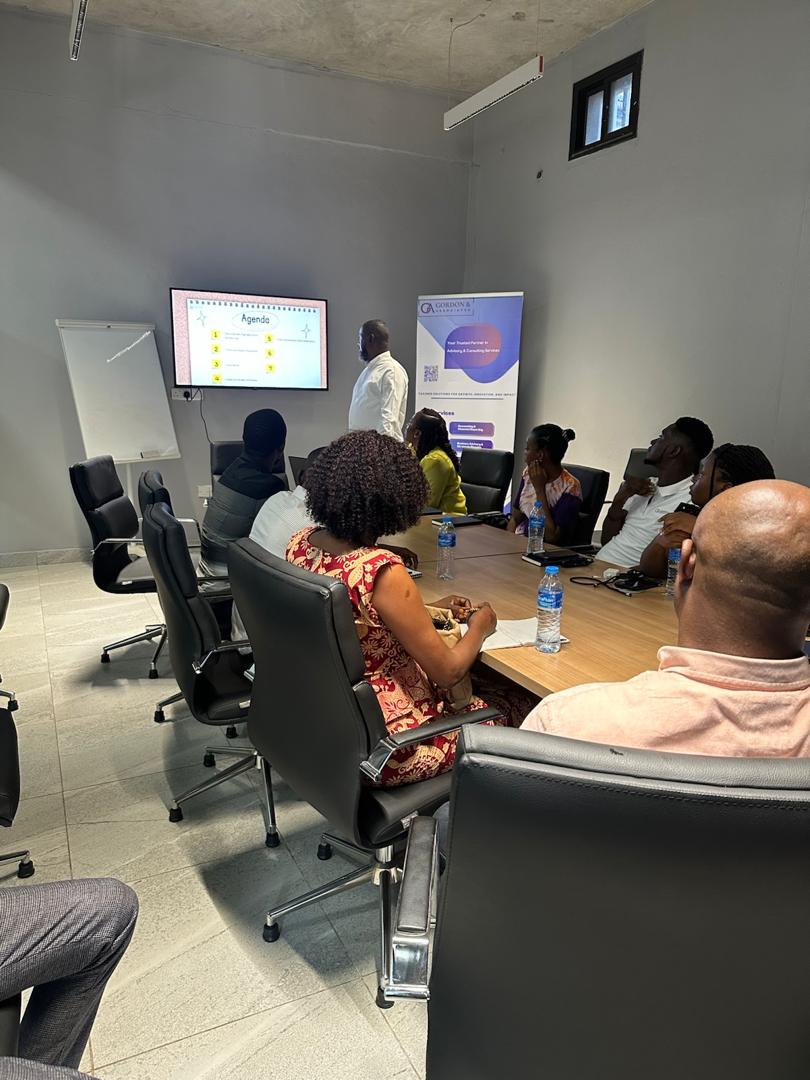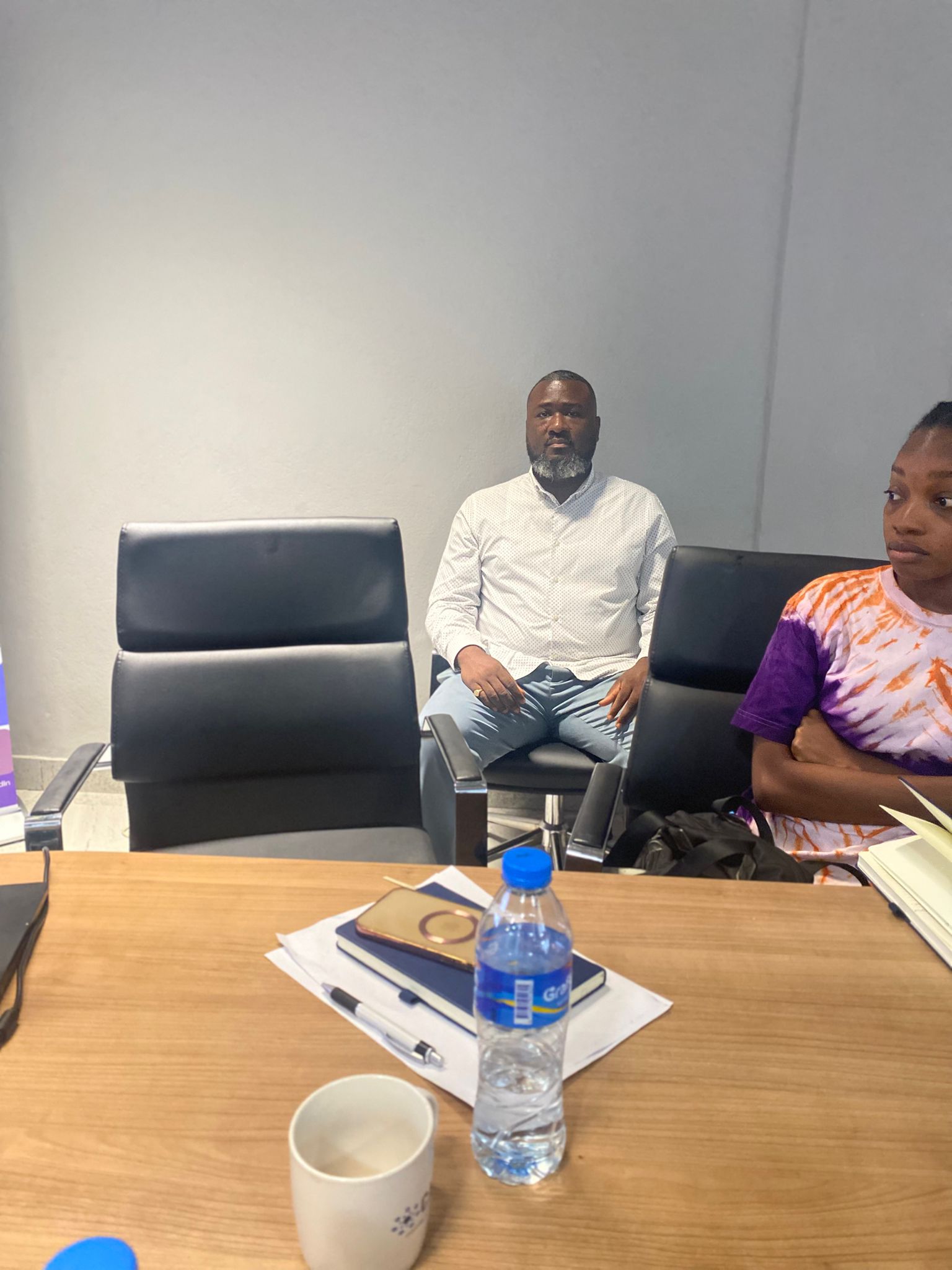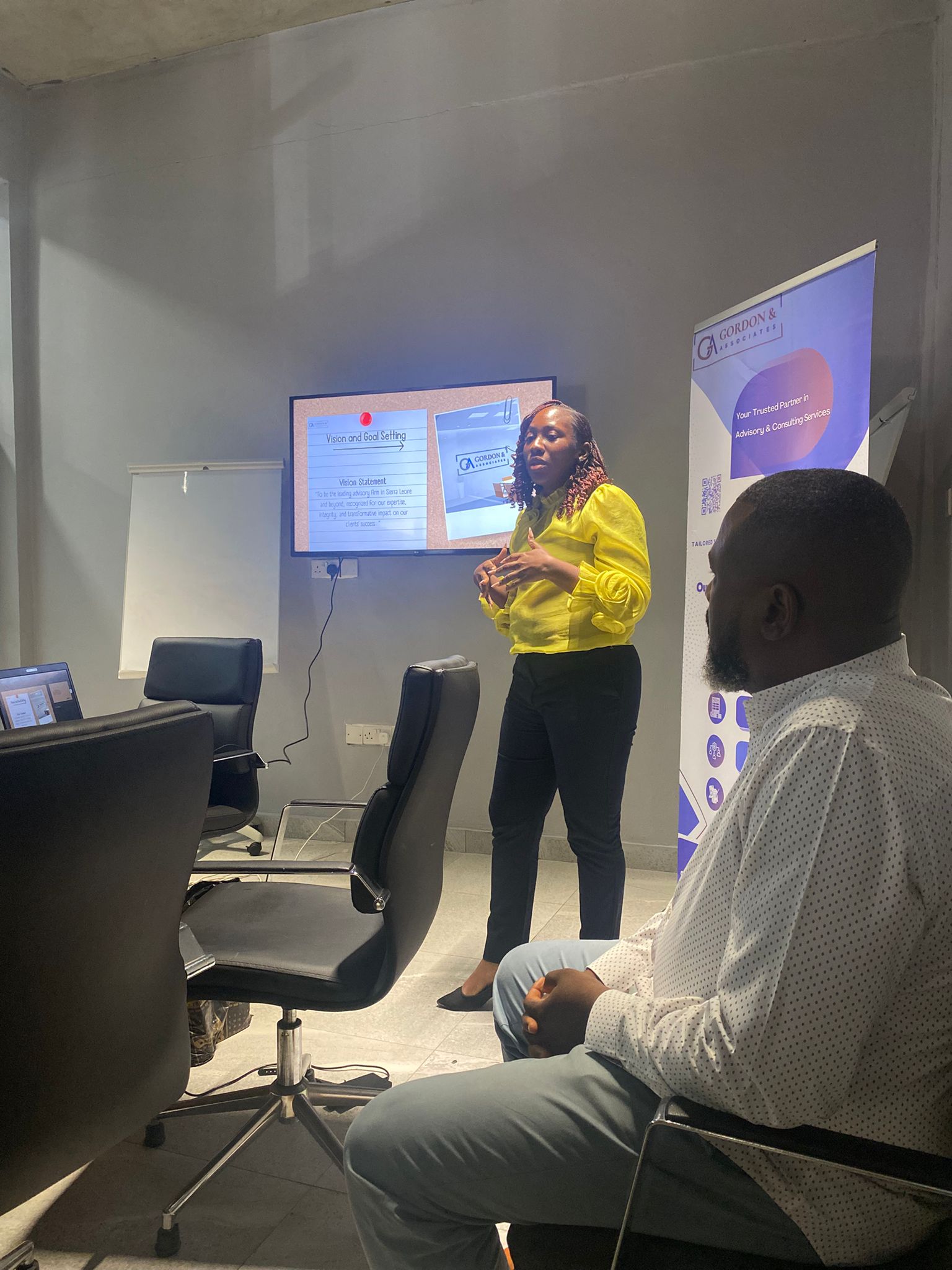Introduction: Beyond Posters and Slogans
Every workplace has its slogans. You’ve seen them: mission statements framed on the wall, glossy values shared at orientation, or bold declarations that “people are our greatest asset.”
But here’s the reality: employees rarely judge culture by what’s printed. They judge it by what they experience. And when those experiences don’t line up with the slogans, trust begins to crack.
I once worked with an organisation that proudly announced “we put people first.” Yet, when an employee faced a medical emergency, the response was, “Sorry, policy doesn’t allow it.” That single moment said more about the culture than any leadership speech.
Culture isn’t wallpaper. It’s the system people live in every day.
Four Signals Every Employee Reads
Culture doesn’t whisper—it signals. And people are always reading the signals. They come through four everyday layers:
👤 Leadership Behaviour
🔁 Everyday Rituals
⚖️ Norms & Incentives
📖 Stories & Symbols
Together, they quietly reveal what the organisation really values.
Leadership Behaviour: The Silent Megaphone
Employees watch their leaders more closely than they admit. Not just in big moments, but in small ones.
When a senior leader skips training, employees think: “Ah, so this is optional.”
When promotions appear pre-decided, staff quietly conclude: “Merit doesn’t matter here.”
Leaders rarely intend to send these signals, but employees notice them all the same.
Everyday Rituals: What We Really Celebrate
Rituals are the rhythms of work—the meetings, the small acknowledgements, the way decisions are rolled out. They can reinforce culture… or reveal theatre .
One company held an annual “values week.” But every Monday morning, managers still asked only about sales figures, never about collaboration or learning. The ritual spoke louder than the posters.
Norms & Incentives: The Hidden Currency
Every organisation has its own currency. It’s not just money—it’s what gets rewarded, overlooked, or ignored.
A high performer passed over for promotion while a well-connected colleague advances sends a clear signal: relationships trump results.
An employee told, “We’re one family,” but denied support in crisis hears another message: “policy matters more than people.”
Misaligned incentives quietly drain engagement. But aligned systems power performance and trust.
Stories & Symbols: The Narratives That Stick
Numbers fade, but stories last.
If a turnaround is celebrated for “tough calls” after redundancies, yet the company now claims empathy as a value—the story speaks louder than the new narrative.
If succession plans exist but are hidden, the signal is: “You’re not trusted with the truth.”
And where leaders don’t curate symbols, employees write their own.
Closing the Gap: Making Values Real
Every leader has good intentions. But intentions alone don’t create culture. Systems do.
Practical starting points:
• Audit whether incentives truly reflect values
• Publish promotion criteria, even if imperfect
• Communicate decisions openly
• Retire stories that no longer serve the future
Culture-building isn’t about more campaigns. It’s about integrity between what’s said and what’s done.
Culture Dipstick: A Quick Check-In
Leaders should pause and ask:
• Where do our systems contradict our values?
• What unspoken narratives are we creating?
• Are we brave enough to name and close the gaps?
Even small actions—like explaining why someone was promoted or admitting uncertainty honestly—signal alignment between words and reality.
Final Word: Culture as Fuel
Culture isn’t fluff. It’s fuel. It powers execution, innovation, and resilience.
Employees are always watching 👀—not with cynicism, but because they care. They want to believe the story leaders tell.
The question isn’t: “Do we have the right culture?”
The real question is: “Do our systems make it real?”
So, are you shaping culture intentionally—or letting it quietly shape you?
For tailored guidance on aligning systems with values and shaping resilient organisational culture, contact **Gordon & Associates** today.




















